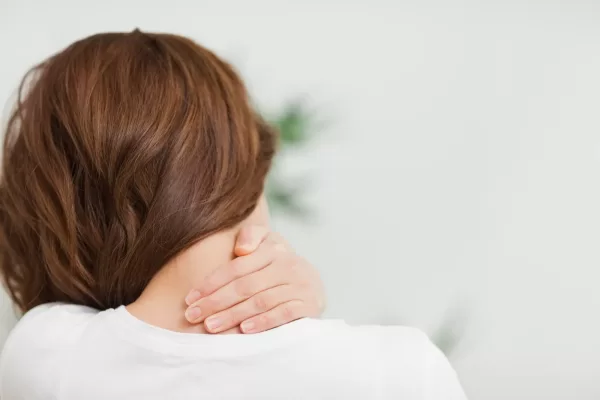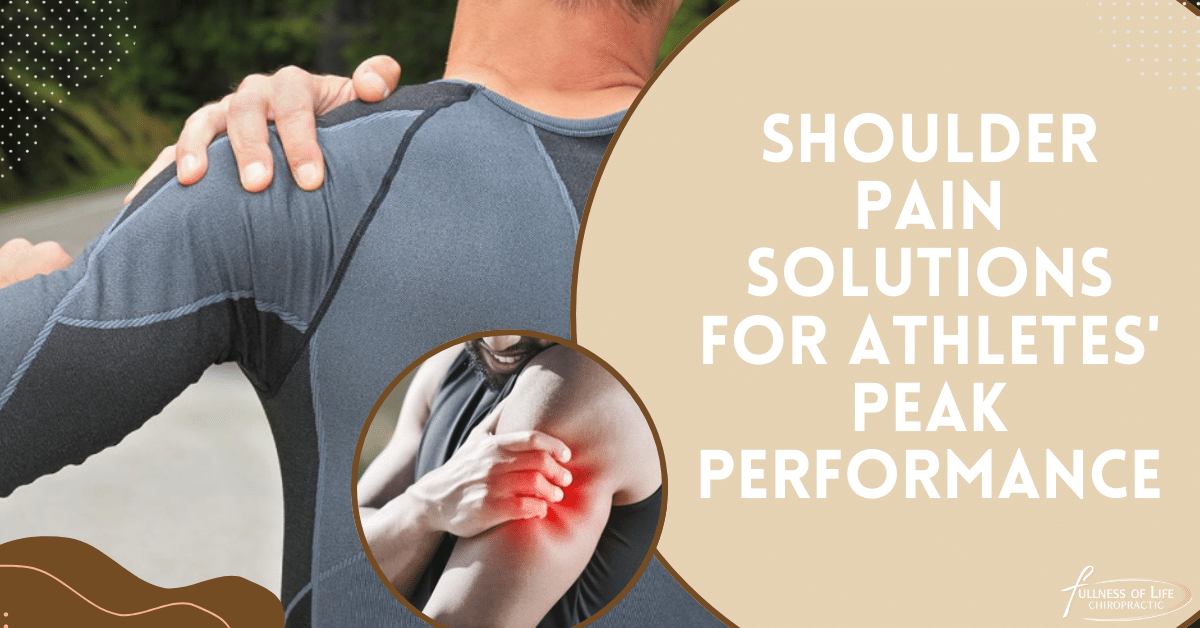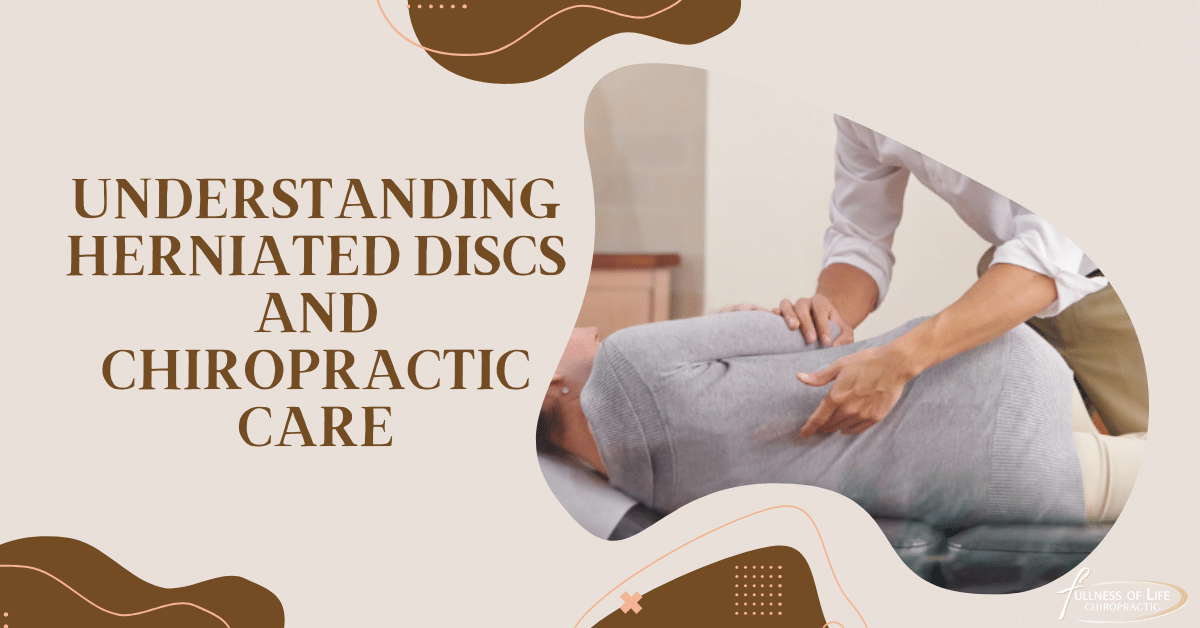Neck Pain

Are you one of the millions of people who suffers from neck pain? It’s a common problem, but there’s no need to suffer in silence. Whether your neck pain is caused by an underlying condition or it just seems to come out of nowhere, there are some simple solutions that can help relieve your discomfort.
Whether you’re looking for ways to reduce tension in the neck or tips for managing chronic pain, we’ve got you covered. On this page, you’ll find a comprehensive overview of neck pain causes and treatments, plus advice on how to prevent it from happening in the first place.
Neck pain refers to discomfort or soreness in the neck, specifically the cervical spine, which is the upper part of the backbone supporting the head. It can stem from various causes, such as muscle strain, poor posture, herniated discs, osteoarthritis, or nerve compression.
Types
Neck pain can take many forms, ranging from a dull ache to sharp, stabbing sensations. The most common types include:
Muscle Pain
Muscle pain, also known as myalgia, refers to discomfort or soreness in muscles due to overuse, tension, injury, or medical conditions. It can range from being very mild to quite severe, and might be localized or widespread. Rest, gentle stretching, and pain relief measures are common approaches to managing muscle pain.
Muscle Spasm
A muscle spasm is a painful contraction that occurs involuntarily is known as a muscle spasm or group of muscles, often causing sudden pain and temporary loss of movement. These spasms can occur due to dehydration, muscle fatigue, electrolyte imbalances, or underlying conditions. Stretching, massage, and proper hydration can help alleviate muscle spasms.
Headache
A headache is a pain or discomfort in the head or upper neck. It can vary in intensity and duration and may result from various causes, including tension, sinus congestion, migraines, or underlying health conditions. Management strategies range from rest and hydration to medication and lifestyle adjustments.
Joint Pain
Joint pain is discomfort or soreness in the articulation points where bones meet, often caused by inflammation, injury, arthritis, or overuse. It can affect mobility and daily activities. Management involves rest, pain relief, physical therapy, and addressing underlying causes. It is imperative to consult with a knowledgeable medical professional practitioner in order to arrive at an accurate diagnosis and treatment plan.
Nerve Pain
Nerve or neuropathic pain is a sharp, burning, or shooting discomfort resulting from nerve damage or dysfunction. Conditions like diabetic neuropathy, nerve compression, or injuries can cause it. Treatment involves pain relief medication, nerve-specific medications, physical therapy, and addressing the underlying cause.
Referred Pain
Referred pain is a phenomenon where the pain is felt in a different area from the actual source of the problem. It occurs when sensory nerves from other body parts converge onto the same nerve pathways in the spinal cord, causing the brain to interpret pain as originating from a different location.
Bone Pain
Bone pain refers to discomfort or aching sensations arising from the bones themselves. It can result from various causes, including fractures, bone infections, cancer, or osteoporosis. Management depends on the underlying issue and may involve pain relief, medication, physical therapy, or treatment targeted at the specific cause.
Causes
Pain can be caused by various conditions, from physical injury to systemic disorders. It is often the body’s way of alerting us that something is wrong or needs attention. Understanding the root cause behind pain can help find an effective treatment plan. Pain can also have psychological effects, such as depression or anxiety, so addressing any underlying mental issues is important.
Prevention
Preventing pain can help to avoid a lot of discomfort and suffering. The first step is identifying what activities or conditions might increase the risk for chronic pain, like repetitive motions or poor posture. Adopting healthier lifestyle habits, such as regular exercise and maintaining a healthy diet are two factors that can help minimize the risk of developing persistent pain.
Additionally, taking measures to ensure safety while engaging in activities that may pose a risk for injury, such as wearing a helmet or protective gear when necessary, can help prevent acute pain.
Finally, regular chiropractic visits can ensure your body is healthy and functioning properly. The Fullness of Life Chiropractic offers personalized care emphasizing preventing pain and promoting optimal health.
Daily Exercises
Daily exercises can keep the body strong and limber, reducing the risk of pain. Every workout should include some form of stretching as a fundamental component especially if it includes activities that involve repetitive motions or require a lot of strength. Additionally, core exercises can help maintain good posture and support the spine. The Fullness of Life Chiropractic can help create a personalized routine tailored to the individual’s needs and goals.
Treatment
Chiropractic care includes physical treatments like massage therapy, spinal manipulation, and rehabilitative exercises that can help reduce pain and improve overall health. The Fullness of Life Chiropractic offers various techniques to address different types of pain. For instance, they use soft tissue manipulation to release muscle and nerve tension, helping patients achieve a pain-free lifestyle. Furthermore, they offer nutritional advice to help patients reach and maintain a healthier weight. With the right treatment plan, Fullness of Life Chiropractic can help improve posture and movement, reducing stress on the body and promoting overall well-being.
Techniques
The management of neck pain can involve a wide variety of techniques, each of which can be customized to the underlying cause of the pain and the patient’s specific requirements.
Cervical Mobilization
Cervical mobilization is a physical therapy technique to improve neck mobility and reduce pain. It involves controlled and gentle cervical spine movements performed by a trained therapist. These movements can include oscillatory motions, gliding, and traction, all designed to stretch and release soft tissues, improve joint mobility, and alleviate stiffness.
Cervical mobilization is often used for conditions such as neck pain, whiplash injuries, and cervical radiculopathy. The technique’s precision and customization to each patient’s needs make it valuable for enhancing neck function, relieving discomfort, and restoring overall neck health.
Cervical Manual Traction
Cervical manual traction is a therapeutic technique to alleviate neck pain and discomfort. It involves a trained healthcare professional applying controlled and gradual traction force to the cervical spine, gently elongating the vertebrae and creating space between them. This traction aims to relieve pressure on compressed nerves, reduce muscle tension, and promote improved circulation in the neck area.
Cervical manual traction can benefit conditions such as herniated discs, cervical radiculopathy, and degenerative disc disease. The technique’s precise application, under the guidance of a skilled practitioner, can contribute to pain relief, enhanced mobility, and overall neck wellness.
Cervical Drop
Cervical drop is a chiropractic technique that utilizes a specialized table with a segmented headpiece. This headpiece can be adjusted to drop slightly during an adjustment. When the chiropractor applies a quick and precise thrust to the specific cervical vertebra, the drop mechanism in the table assists in delivering the adjustment. Cervical drop adjustments are commonly used to address misalignments, restore proper cervical spinal alignment, and alleviate neck pain.
The technique’s focus on precision, combined with the mechanical advantage provided by the drop table, allows chiropractors to deliver effective adjustments while minimizing force and enhancing patient comfort during the procedure.

Symptoms
Various conditions, including injury, muscle tension, misalignments in the spine, poor posture, degenerative disc disease, and herniated discs, can cause neck pain and discomfort. Neck pain can also be accompanied by headaches or radiating pain and numbness that extends beyond the neck region.
If you are experiencing any of these symptoms, it is important to consult with a chiropractor who is qualified to assess your health and provide suggestions regarding the form of care that would be most beneficial for your action to bring relief. With proper diagnosis, targeted treatment plans, and regular chiropractic care, you can experience the fullness of Life free from neck pain.
Contact Us!
At Fullness of Life Chiropractic, we are dedicated to helping our clients achieve pain relief and improved mobility through individualized treatment plans. Our expert team of chiropractors can comprehensively evaluate your condition and develop an effective strategy tailored to your needs.
In the event that you are suffering from neck pain or discomfort, contact us today to learn more about how we can help. Together, let’s work towards a life of fullness and freedom from neck pain!





